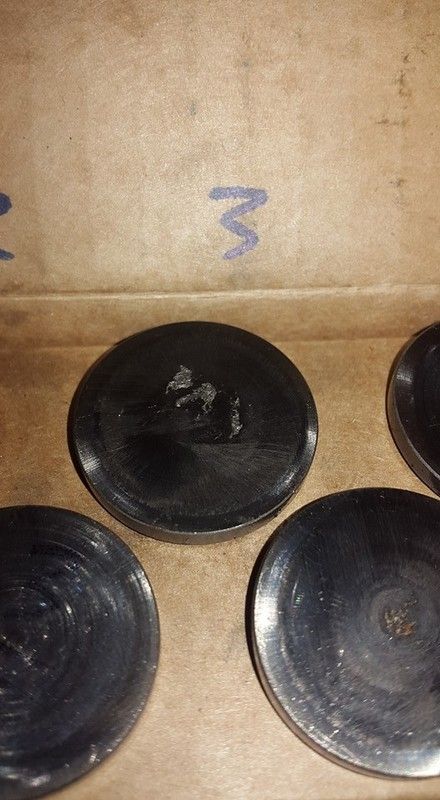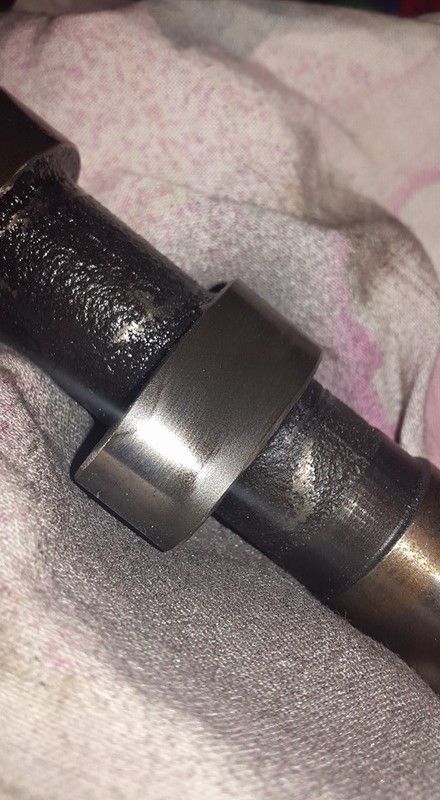Anyone seen this before? Can it be a result of metal parts circulating inside the engine?




Not really an odd feature, most engines oil pumps have the recirc/pressure control built in.AMBROSIA wrote:What about the odd feature of the wbx engine that allows oil to recirculate directly from the bearings back to the pump bypassing the sump?
I thought I read somewhere that it allows more aeration to build up under sustained high revs and that some builders drill the return gallery so it feeds back to the sump instead.
I also would not rule out the rods being out of round.
No, JPMpocketrocket wrote:Are the lifters Scat out of the box?
Thanks,Piledriver wrote:Not really an odd feature, most engines oil pumps have the recirc/pressure control built in.AMBROSIA wrote:What about the odd feature of the wbx engine that allows oil to recirculate directly from the bearings back to the pump bypassing the sump?
I thought I read somewhere that it allows more aeration to build up under sustained high revs and that some builders drill the return gallery so it feeds back to the sump instead.
I also would not rule out the rods being out of round.
Later T4s had the same setup, the WBX inherited that design.
It is not by definition a bad design. For high RPM use it may even be highly beneficial.
If your pump is not huge you can bypass the recirc passage.
Without it, the pump has to always suck all the way from the case, this may lead to cavitation.
Those lifters are starting to flake/spall. heat treat bad likely.
The stock 2.1 rods can get quite oval over ~80k miles and all too frequently try to escape, usually succeeding.
If you didn't at least measure them that would be my prime suspect.
Take a look at ovality the ones that didn't die: they will all be about the same up until the bearing seizes.
Because the Wasserboxer engine in a Vanagon could never accelerate fast enough to uncover the oil pick-up to begin with.AMBROSIA wrote: I wonder why VW placed the oil pickup where they did?